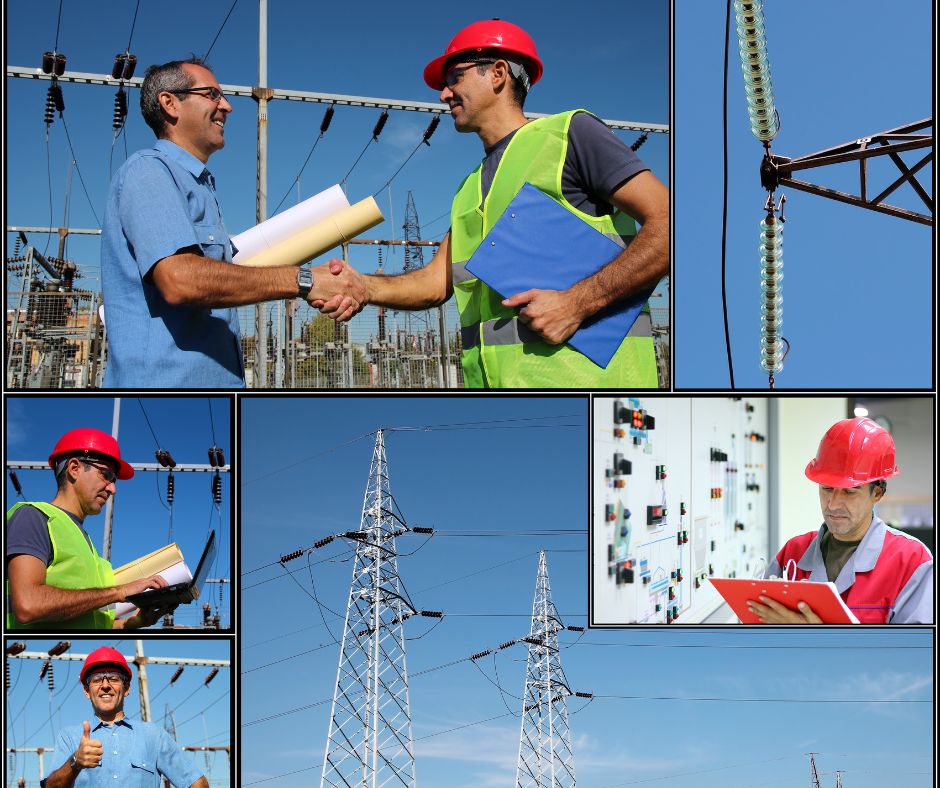
Electrical hazards are among the leading causes of workplace accidents. From faulty wiring to unsafe handling of live circuits, one mistake can lead to serious injury or death. This is where the role of electrical safety training in accident prevention becomes vital. For companies like Texas Solutech, safety is not just a policy—it’s a culture built on knowledge, discipline, and preparedness.
Understanding the Role of Electrical Safety Training in Accident Prevention
Electrical safety training is the foundation for building a safe and efficient workplace. It educates employees about potential risks and the correct methods to mitigate them. At Texas Solutech, we believe that awareness is the first step to safety. Training empowers every technician to recognize electrical hazards before they turn into accidents.
Through structured programs, employees learn about electrical systems, grounding, insulation, and protective equipment. They also understand how electricity behaves and how to respond in emergencies. This knowledge reduces fear and builds confidence, leading to fewer mistakes and safer work practices.
Why Electrical Safety Training Matters
Electrical accidents are often the result of human error. Without proper training, even experienced technicians can overlook small but critical safety steps. The role of electrical safety training in accident prevention lies in minimizing those errors through consistent education and hands-on practice.
When workers know how to handle tools properly, identify warning signs, and follow lockout/tagout procedures, the risk of shock or electrocution decreases dramatically. At Texas Solutech, we’ve seen firsthand how well-trained teams perform tasks more efficiently and safely, reducing downtime and boosting productivity.
Creating a Culture of Safety
A strong safety culture starts at the top. Management must lead by example, prioritizing safety in every operation. We at Texas Solutech integrate safety training into every level of our organization. From new hires to seasoned experts, everyone participates in refresher courses to stay updated on safety standards.
Promoting open communication is key. Employees should feel comfortable reporting hazards or near-miss incidents. Continuous feedback and regular safety meetings help reinforce the importance of safety awareness. Over time, safety becomes second nature—part of the company’s identity.
Practical Components of Electrical Safety Training
Effective training programs go beyond theory. They combine classroom instruction with practical, hands-on experience. Trainees should learn how to use personal protective equipment (PPE), test circuits safely, and follow standardized procedures.
At Texas Solutech, we focus on the following components in our training programs:
- Risk Identification: Recognizing electrical hazards and unsafe conditions.
- Preventive Measures: Using proper grounding, circuit protection, and maintenance practices.
- Emergency Response: Knowing what to do when an incident occurs.
- Compliance: Understanding OSHA and NFPA 70E standards to meet legal and safety requirements.
These elements ensure that employees are not only compliant but also confident in their ability to prevent accidents.
How the Role of Electrical Safety Training in Accident Prevention Impacts Businesses
Investing in electrical safety training benefits both employees and employers. For workers, it means fewer injuries and a safer work environment. For businesses, it translates to reduced costs associated with accidents, insurance claims, and downtime.
At Texas Solutech, we’ve noticed that companies with strong safety programs often see improved employee morale and retention. Workers feel valued when their safety is prioritized. Additionally, customers trust companies that maintain high safety standards. It reflects professionalism, reliability, and integrity.
A proactive approach to safety also minimizes legal liabilities. Regulatory agencies impose heavy fines for non-compliance with safety standards. Regular training ensures that businesses remain compliant and avoid costly penalties.
The Human Side of Electrical Safety
Behind every safety rule is a story. Many accidents occur because someone thought a shortcut was harmless or underestimated a risk. Electrical safety training helps change that mindset. It instills respect for electricity and awareness of its potential dangers.
At Texas Solutech, we emphasize empathy in our training programs. We remind our teams that safety is about protecting lives—their own, their coworkers’, and their clients’. Every safety measure taken is an act of care. This human-centered approach creates a deeper commitment to safety.
Adapting to Modern Electrical Risks
Technology is evolving, and so are electrical systems. From renewable energy installations to smart building systems, new technologies introduce new risks. The role of electrical safety training in accident prevention extends to preparing workers for these changes.
Modern training programs must adapt to include topics like energy storage systems, solar panel maintenance, and electric vehicle infrastructure. At Texas Solutech, we ensure our teams stay ahead of these developments. Continuous education keeps our technicians skilled, safe, and ready for future challenges.
Continuous Improvement Through Training
Safety training is not a one-time event. It’s an ongoing process that evolves with industry standards and workplace conditions. Regular assessments, refresher courses, and updated safety manuals help maintain a high level of readiness.
At Texas Solutech, we encourage feedback from our employees to improve our training content. Their real-world experiences help us identify gaps and strengthen our safety protocols. This continuous improvement mindset ensures that our safety standards remain top-tier.
Conclusion: Building a Safer Future
Electrical safety is not optional—it’s essential. The role of electrical safety training in accident prevention cannot be overstated. It protects workers, safeguards property, and strengthens a company’s reputation.
At Texas Solutech, we are committed to building safer workplaces through effective training, expert guidance, and a culture that values every employee’s well-being. When safety becomes part of the company’s DNA, accidents become rare, and success becomes sustainable.

